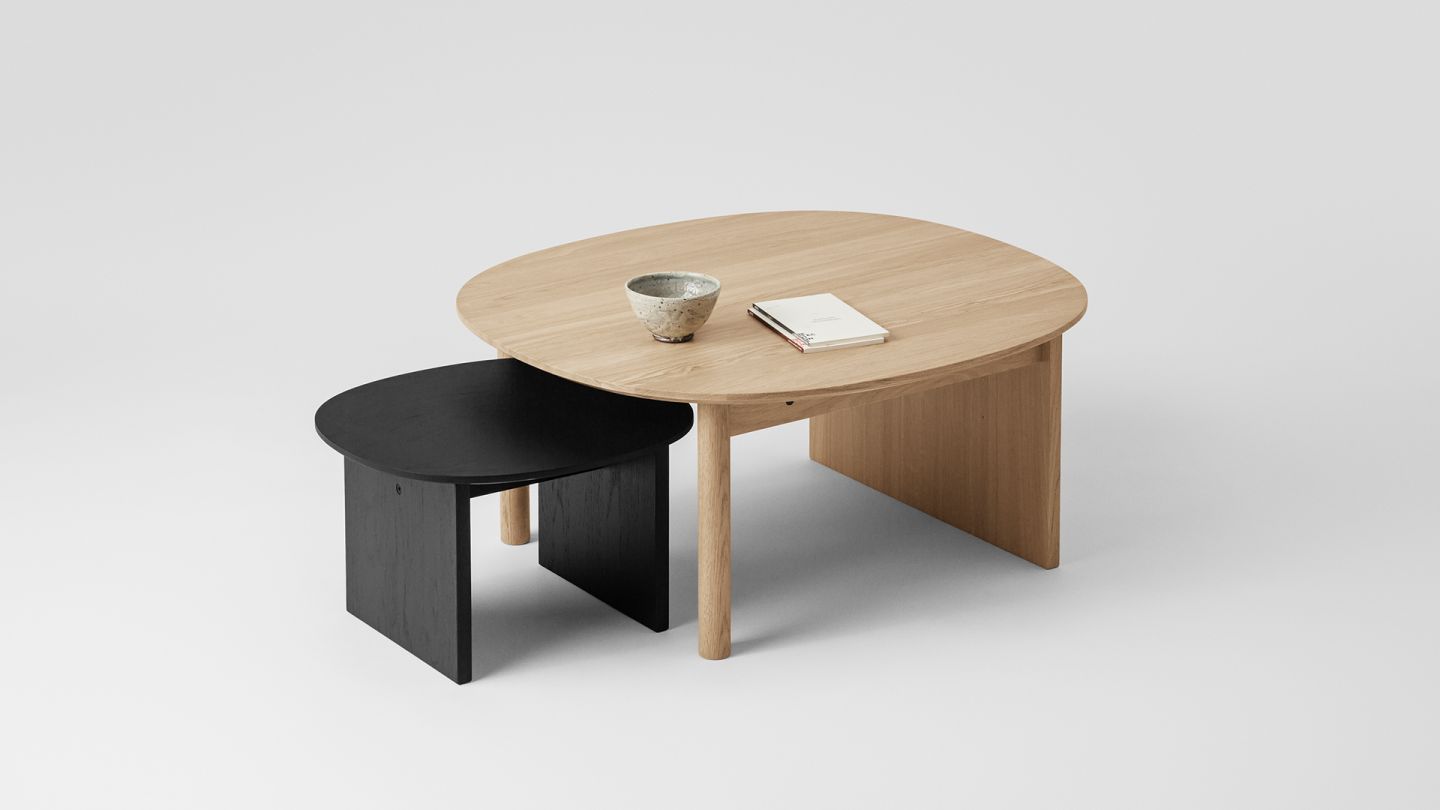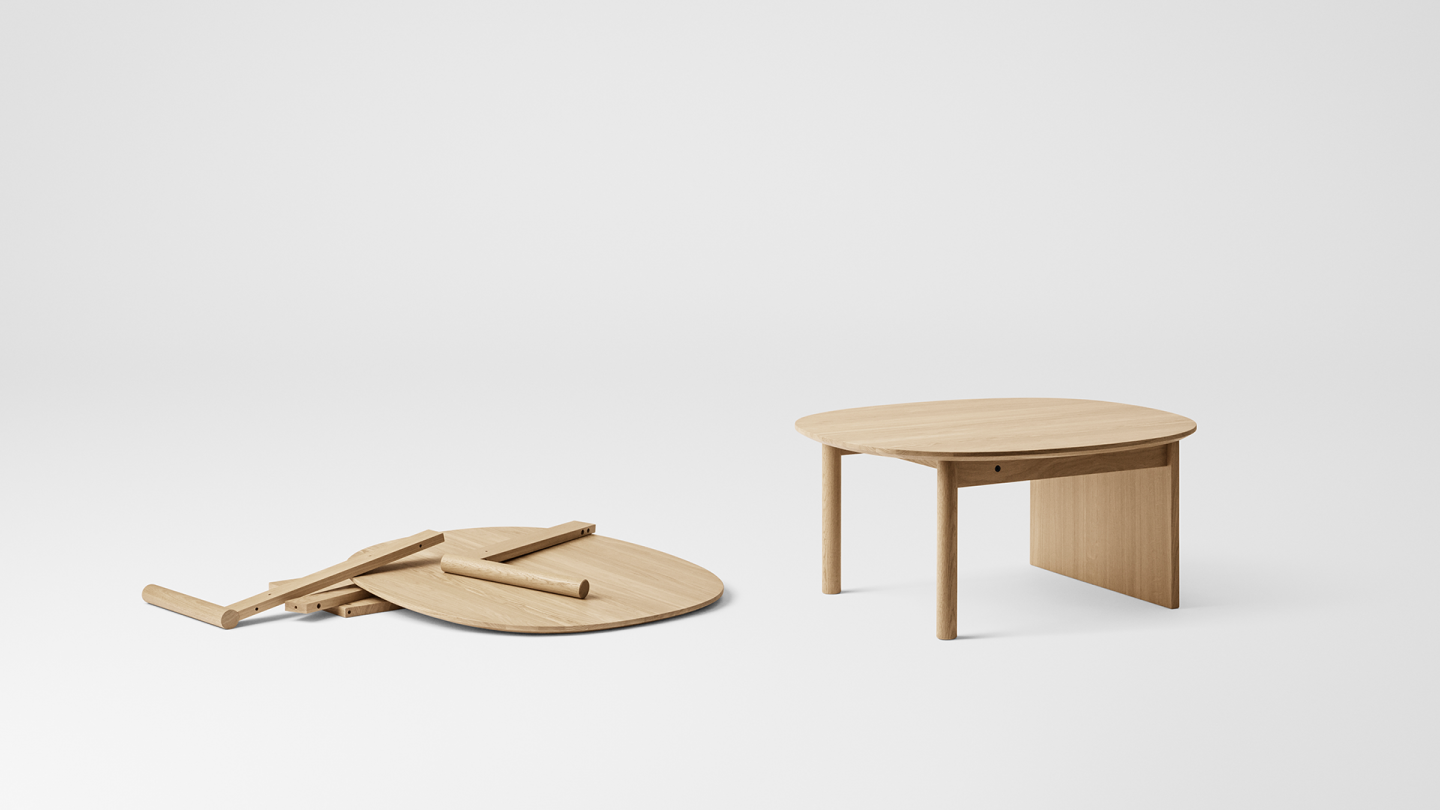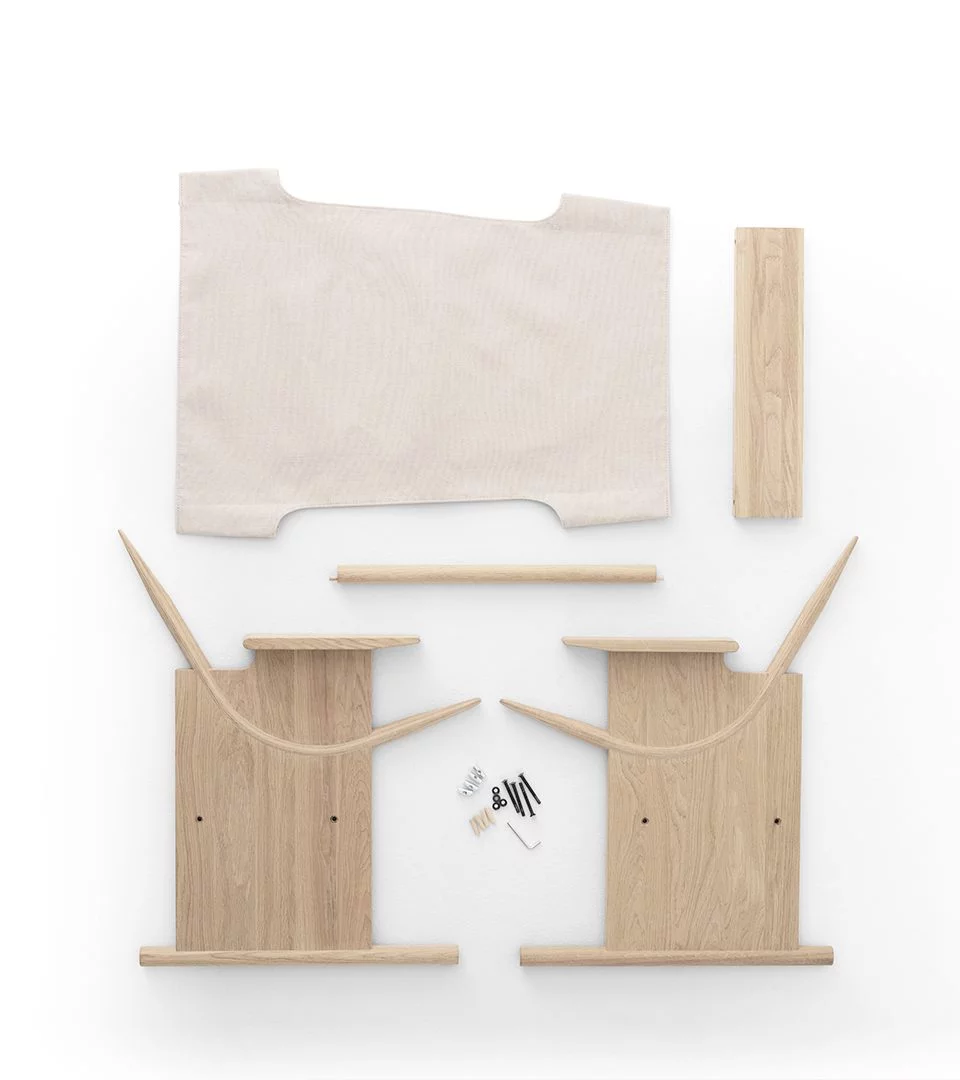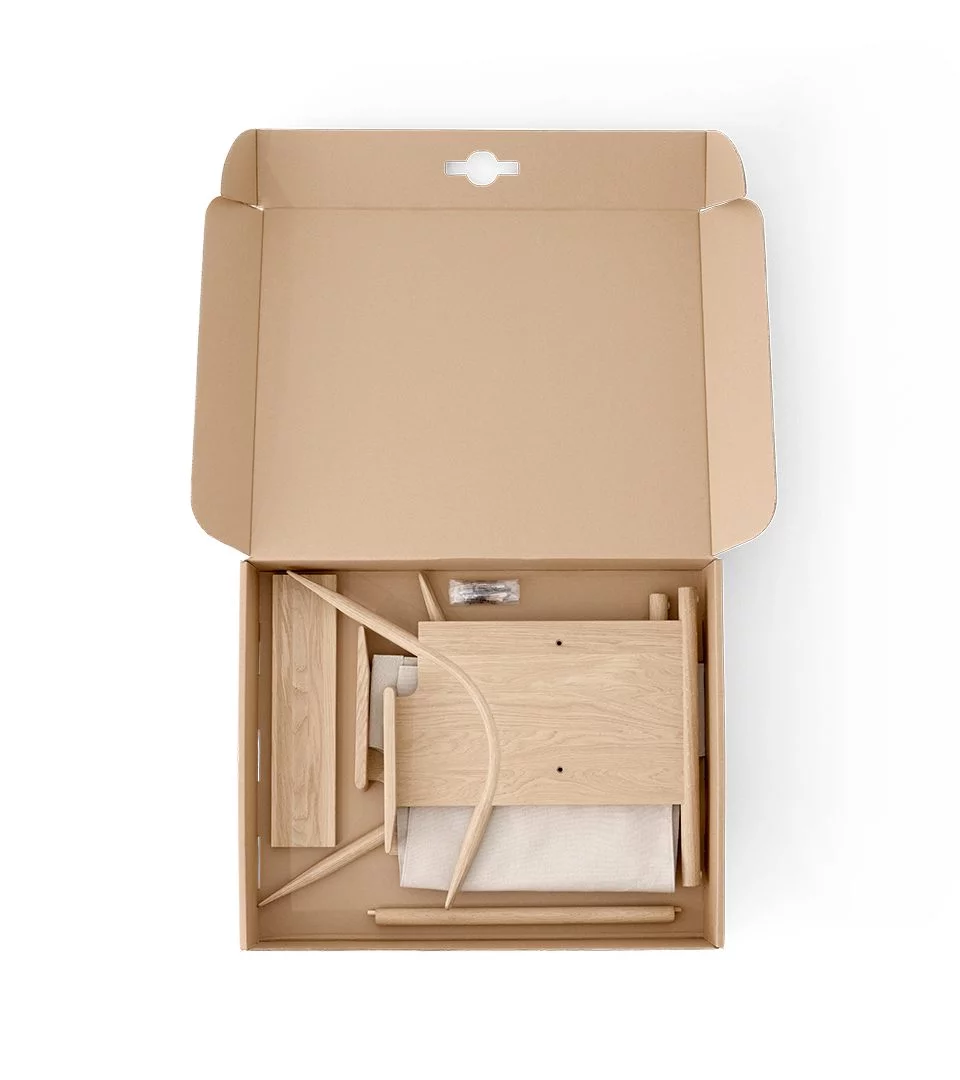Industrial Facility is a London-based studio founded by Sam Hecht and Kim Colin in 2002. Hecht and Colin work for industry in a way that improves everyday design, not by producing something different but rather something better.
They aim to design things that will last, be effective and give satisfaction often beyond what is called for by the product and the user.
They come from two slightly different backgrounds, Sam as a designer and Kim as an architect. They meet in an approach that reflects both a thoughtful consideration of form and a unique understanding of contemporary life, creating beauty out of utility in the products and furniture they engage themselves in.
Industrial Facility is considered as one of the most progressive studios in furniture and product design and works with Muji, Herman Miller, Emeco, Mattiazzi, Epson and Wästberg.
You are working with some of the major players on the international design scene, how come you accepted to work with a newcomer like TAKT?
One could say that what binds our work together is often the attitude of the companies we work with. They all tend to share a belief in making beautiful products when necessary, while viewing design as both an opportunity for contributing to the lives of the individual, and the lives of the community. Industry is not foreign or ugly, but instead is seen as a powerful contributor to both individual and communal lives. But at the same time they also appreciate that artistic attitudes are not something to be sidelined but to be involved in the conversations. TAKT too, allows us to play both protagonist and rationalist at the same time – artistic and industrialistic.

It seems that many of your works are right next to something we know,
but still manage to add something new and surprising that makes us look at, for example, a table in a new way? Is it very conscious and how do you work with it?
Firstly, it is important to respect that the design process ‘is’ a process. It cannot be prescriptive. We approach all projects with a sense of naivety. We are duty-bound to absorb knowledge, be curious and inquisitive. To answer your question directly can be difficult because if you say you find something new or surprising in the work, it is more often than not, a reflection of yourself – you see something that you want to be, and it is often something others cannot see. To allow this self-reflection to be played out means that our work has to be open to interpretation. The very things you like about the table, we are unconscious of when designing it. If we were, probably you would not like it as much.

What does it mean for you to design for industrial production, and how do you work to ensure a high quality and craftsmanship?
As we spoke earlier – industry is not a bad word. On the contrary, it is a requirement for society to function. Mass production allows us to do wonderful things – but it is often associated with the theme of either allowing for greater convenience or allowing a cheaper price to be achieved. There is often no mention of craft. Conversely, Industrial Facility have always seen industry as needing to craft itself. Indeed, it is possible to craft industry – with TAKT being a perfect example. Famously in Britain we have always had a suspicion in the way we treat industry. John Ruskin and the arts and crafts movement viewed industry with distaste. For them, art was the only possible way to restore dignity to mans life. And then some 100 years later, Raynar Banham had suggested that industrial design should be regarded as as a popular art – everything should be styled, just as they have been in Detroit. Yet styling industry merely feeds consumption and is very fleeting. Crafting is making sure that the essential reason for something to exist ‘is’ the design, and then tirelessly evaluating every thickness, joint and radius so that they support the essential.


You come with backgrounds as a designer and architect respectively – how does that affect your work?
Very simply, when we buy a piece of furniture, it is bought for a room to sit-in. It will find itself next to other things, as well as within a space that has a certain light, air and temperature. It will be surrounded by people and conversation. Design often per-occupies itself with the ‘object’ and its details, whereas architecture is concerned with how life is played out. This micro and macro view of the world is what provides us with a healthy tension and makes for a good project. We believe Danish furniture also has this openness to allow people to feel comfortable with it, while at the same time paying consideration to the ‘air’ of a room. Perhaps this is why so many danish furniture designers also had the ability to make small homes and buildings too.
To us, TAKT has a mission where sustainability, longevity and truthful economy are equally thought about in all that they do. This is what ‘Good Design’ is all about, and what we are dedicated to.
Sam Hecht







